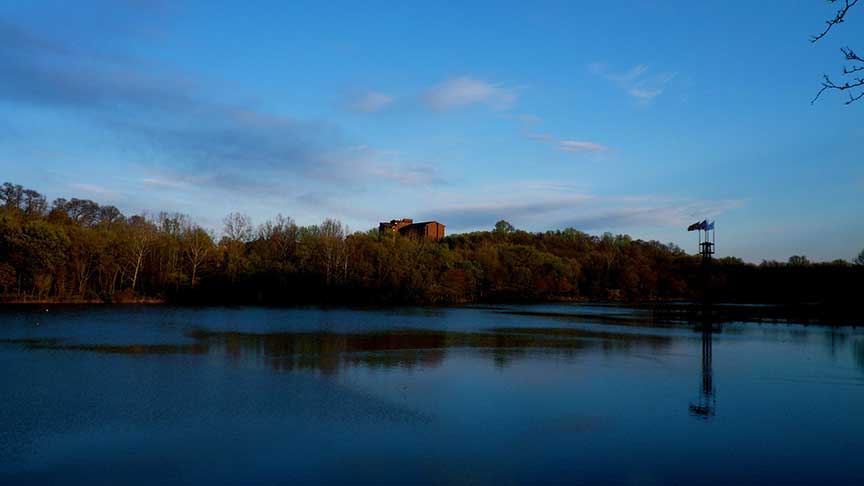Columbia

Photo by Ubi Desperare Nescio
Basic Information
Population 2020: 104,681
Median Age:32.7
95.3% of the populution has a HS or higher education
There are 41,261 housing units in the city
20.8% of the residents were born abroad
Median Household Income:$111,278
7.6% of the Residents Live below the poverty line
Total Area 31.93 Sq Miles
6,251 of the city residents are veterans
History of Colmbia Maryland
While this city may have been “manufactured” by a commission set up by the State of Maryland, it is now considered one of Maryland’s best places to live and work. In 1967 after much planning and work, the city was opened.
Creator and Visionary James W. Rouse sought for the community to be a place where segregation and subdivisions wouldn’t take place or be a hindrance to residents. His hope was that racial, religious, and class segregation would be eliminated in this community.
DEVELOPMENT
Rouse hoped to encourage homeownership and develop a community that would benefit its residents and improves their quality of life. As it was developed, land could be purchased by homeowners, and properties could be built with a loan funded by local organizations.
Other operations included open classroom schools, interfaith centers, and a health maintenance organization were all part of the development and planning behind Columbia. Each of these ideas came from a series of meetings in 1963 that occurred for two days, twice a month, for six months. All of these meetings laid the groundwork for what became Columbia.
VILLAGES AND NEIGHBORHOODS
The villages and neighborhoods that make up Columbia, Maryland, have given it a small-town feel despite Columbia having more than 100,000 residents throughout. One village in Columbia consists of several neighborhoods and often contains its own middle and high school, shopping center, recreational facilities, community center, and biking or walking paths. Four of these villages also have interfaith centers where multiple congregations work and meet in the same building.
These are the villages in the order they were opened to established:
- Wilde Lake – (Est. 1967)
- Harper’s Choice – (Est. 1968)
- Oakland Mills – (Est. 1969)
- Long Beach – (Est. 1971)
- Owen Brown – (Est. 1972)
- Town Center – (Est. 1974)
- Hickory Ridge – (Est. 1974)
- Kings Contrivance – (Est. 1977)
- Dorsey’s Search – (Est. 1980)
- River Hill – (Est. 1990)
Each of these villages has neighborhoods within them, and they’ve all had plans in place that require them to meet a certain diversity rating. This has helped the communities develop in a diverse way that supports the lives and habits of everyone’s history. Additionally, it’s thought that this is one of the reasons Columbia has been ranked the safest place to live in the United States for three consecutive years.
FUTURE GROWTH
Columbia isn’t done developing and growing yet. The city’s planning stepped into a new phase in 2010, “The Downtown Columbia Plan.” A project that encompasses redesigning and adding to the layout of downtown will be completed in three phases. The 90 million dollar plan aims to add 4.3 million square feet of commercial office space, 1.25 million square feet of retail space,640 hotel rooms, 5,500 low-income housing units, and a Merriweather Post Pavilion redevelopment multi-modal transportation system for the residents.
The new downtown area in Columbia is set to act as a center for all of the villages located around it. If you’re interested in living and working in Columbia, Maryland, there are many places you can look at homes or apartments in the area. Realtor.com has several great properties listed on its website. Do note that around 60% of Columbia own their residence in contrast to 40% that rent, making this area a great place to buy a home.
Some of the Business in Columbia Include:
If you need services:
 >
>